In today’s competitive whitening market, bold whitening effectiveness claims often lead consumers to use higher peroxide levels or more frequent treatments—unfortunately increasing the risk of over-bleaching effects, such as enamel demineralization, heightened tooth sensitivity, and uneven shade changes. Below, we explore six key considerations to balance powerful whitening with patient safety for B2B partners.
Firstly, users demand rapid results:
However, exceeding clinically proven concentrations or durations can push enamel beyond its safe bleaching threshold.
Moreover, aggressive bleaching regimens trigger a cascade of adverse effects:
Understanding these mechanisms is essential to formulate safer whitening solutions.Company web: https://www.powsmart.com/product/electric-toothbrush/
To minimize over-bleaching effects, adopt a graded approach:
Such calibrated protocols preserve whitening efficacy while safeguarding tooth structure.
Additionally, whitening devices themselves can enforce safe usage:
These hardware safeguards help translate protocols into consistent, safe practice.
Furthermore, robust testing underpins both safety and performance:
A rigorous QA framework builds B2B confidence and aligns product claims with real-world results.
Finally, to deliver both safety and sparkle, B2B partners should:
By combining evidence-based formulations, intelligent device controls, and proactive user engagement, manufacturers can maximize whitening effectiveness while minimizing over-bleaching effects.
Conclusion
Chasing dramatic whitening results must never come at the expense of enamel health. Through calibrated peroxide protocols, device safeguards, thorough testing, and user education, B2B partners can deliver powerful yet safe whitening solutions—protecting patients from the pitfalls of over-bleaching. For customized formulations or device design support, please contact our technical team.
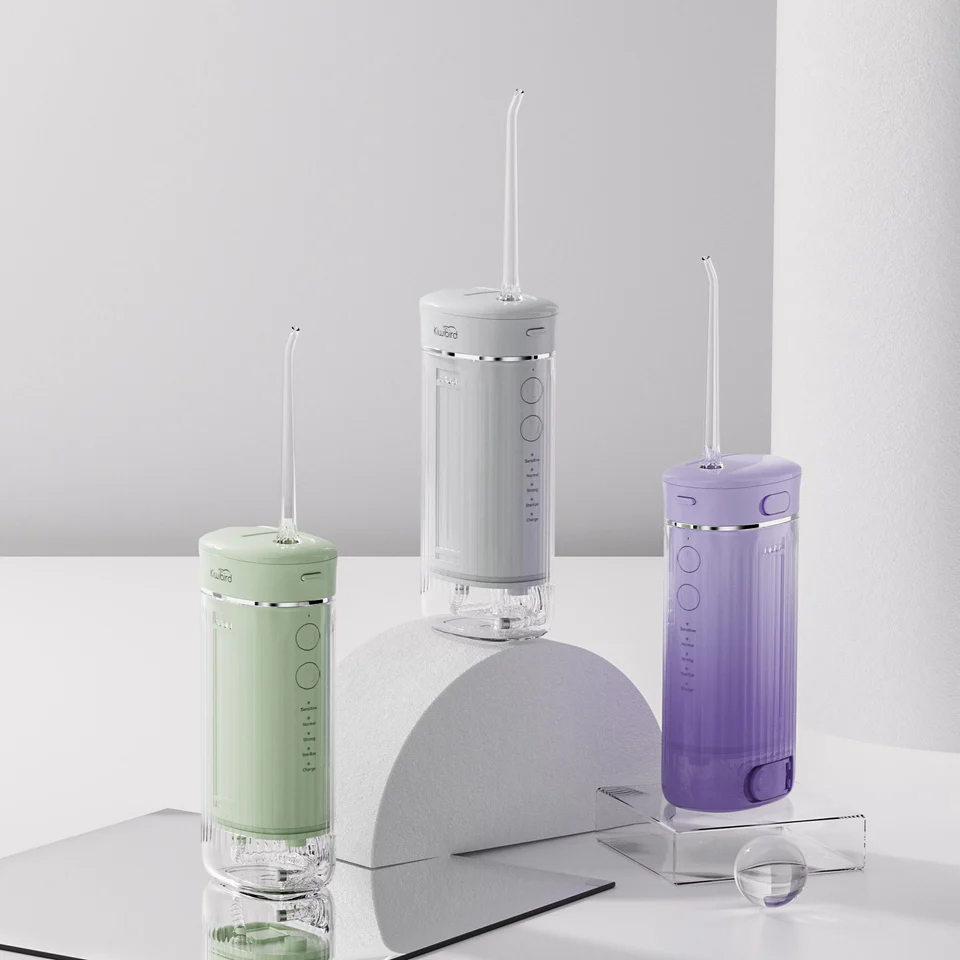
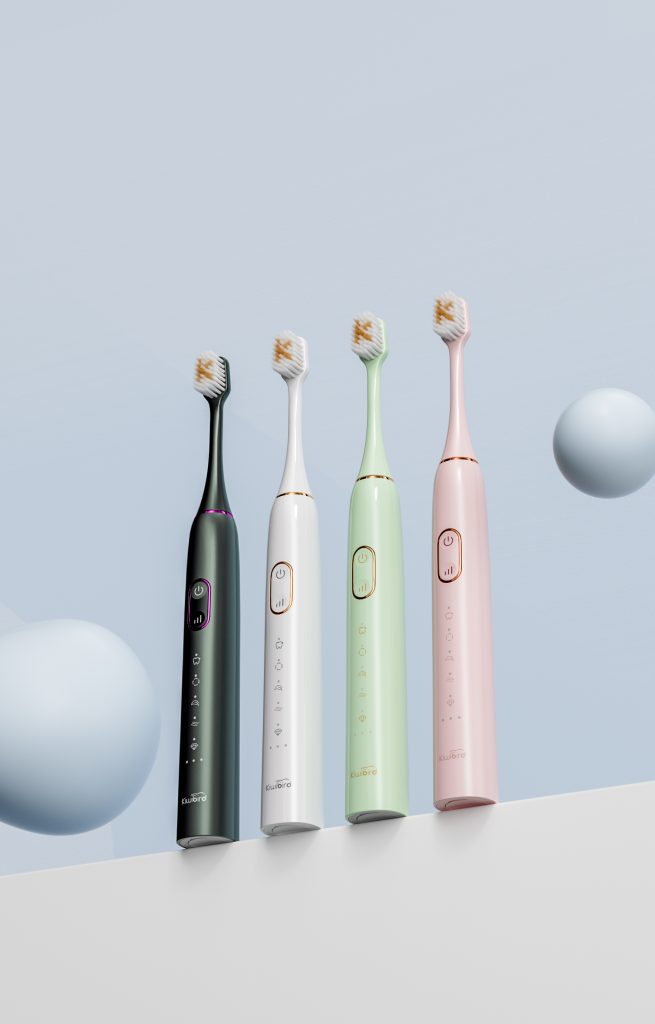
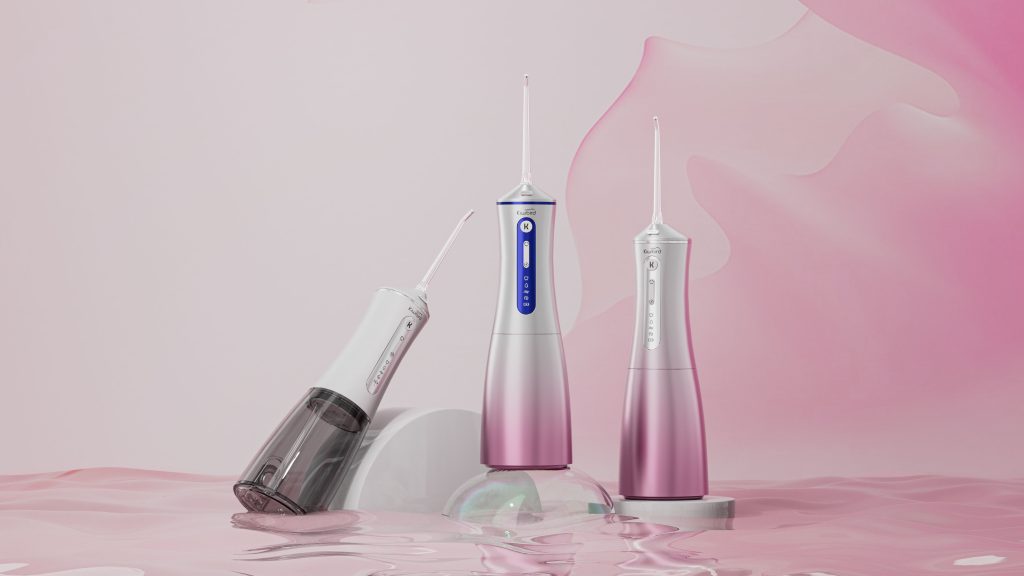
Why Is Enamel Vulnerability Linked to Staining Residuals?
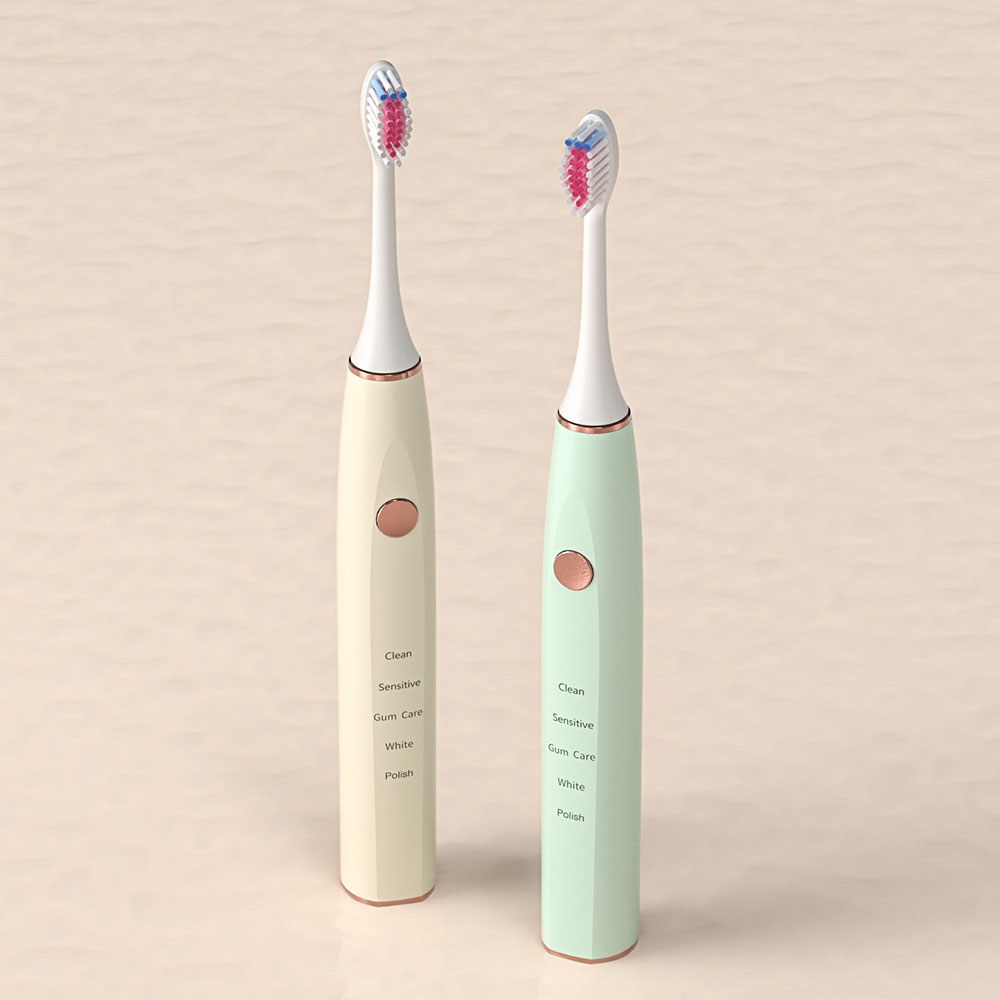
How much does it cost to manufacture a toothbrush?
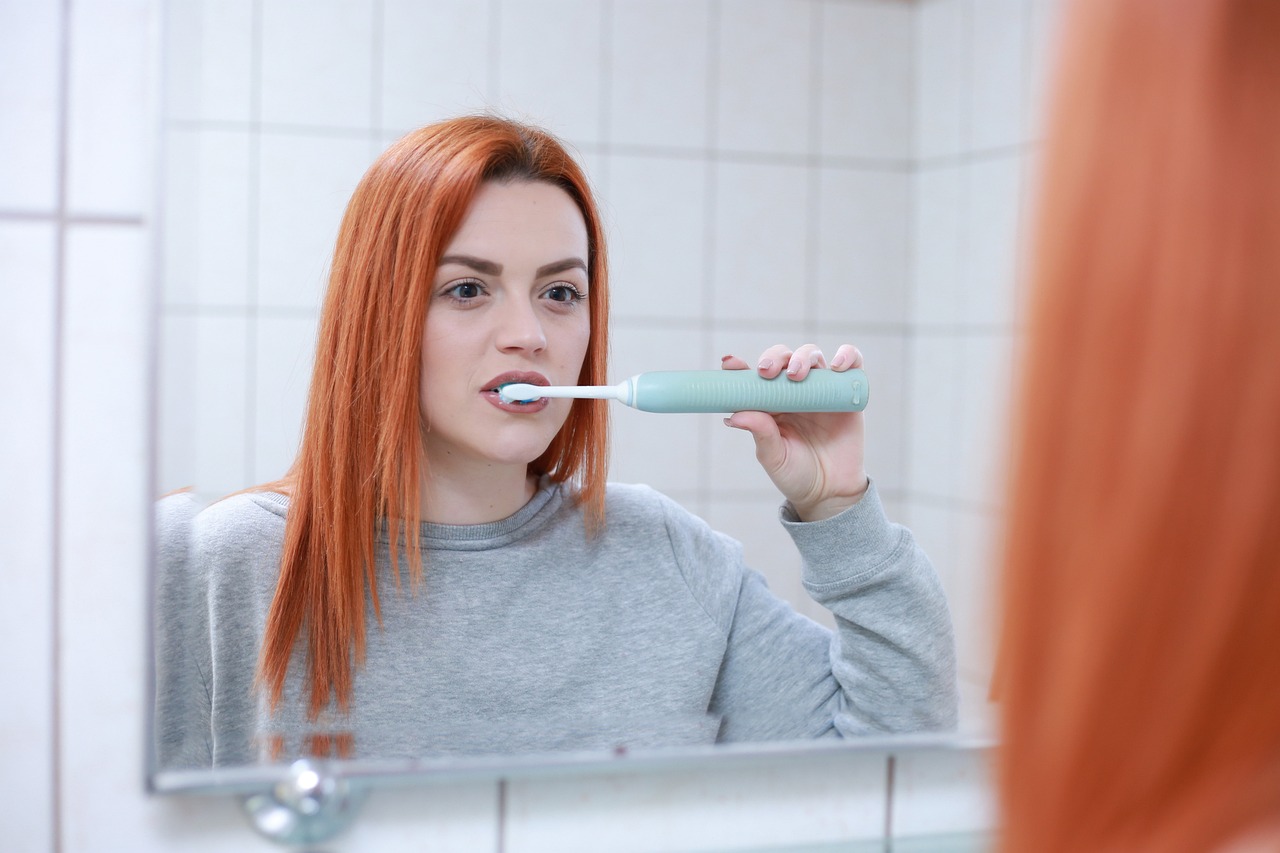
The Advantages and Current Usage of Electric Toothbrushes’ cleaning efficincy
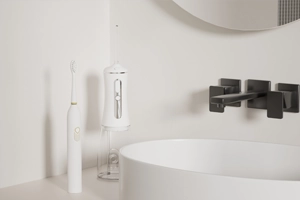
Beginner’s Guide to Water Flosser Pressure Settings
Does Loud Electric Toothbrush Noise Reduce Cleaning Efficacy?
How to Fix Seal Aging and Pump Failures Together?
Could Your Toothbrush Be Damaging Gums?
Discover a Great Reason to Switch to an Electric Toothbrush
Crown Compatibility with Pressure Sensors Tech?
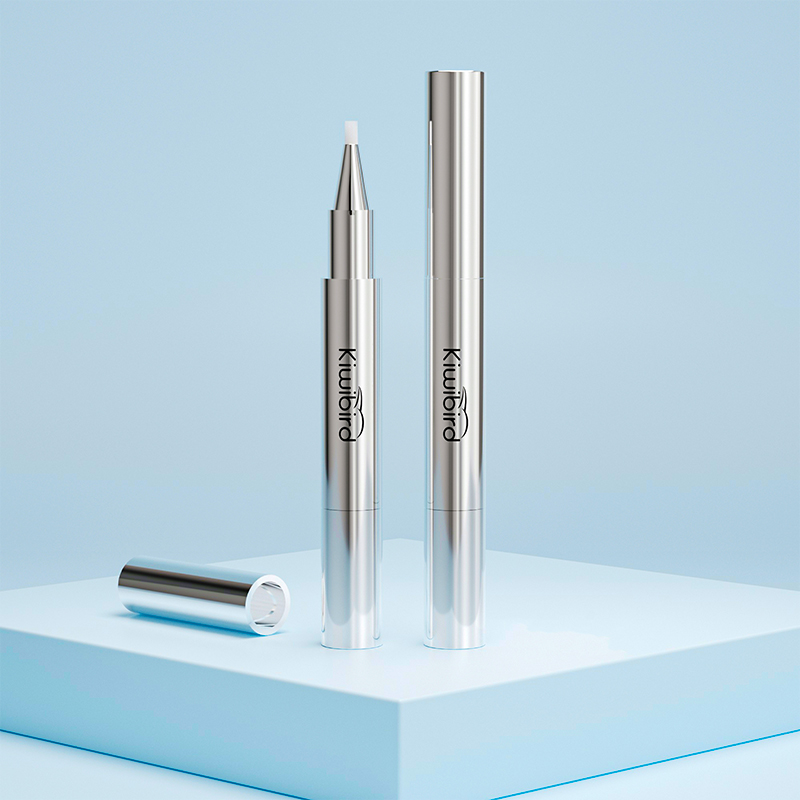
The Oral Beauty Revolution of Teeth Whitening Devices: From “Medical Equipment” to “Cosmetic Bag Item”
How Does Gum Recession Relate to Maintenance Complexity?

Why Does the Oral Irrigator Make Abnormal Noise After Being Used for a Period of Time?
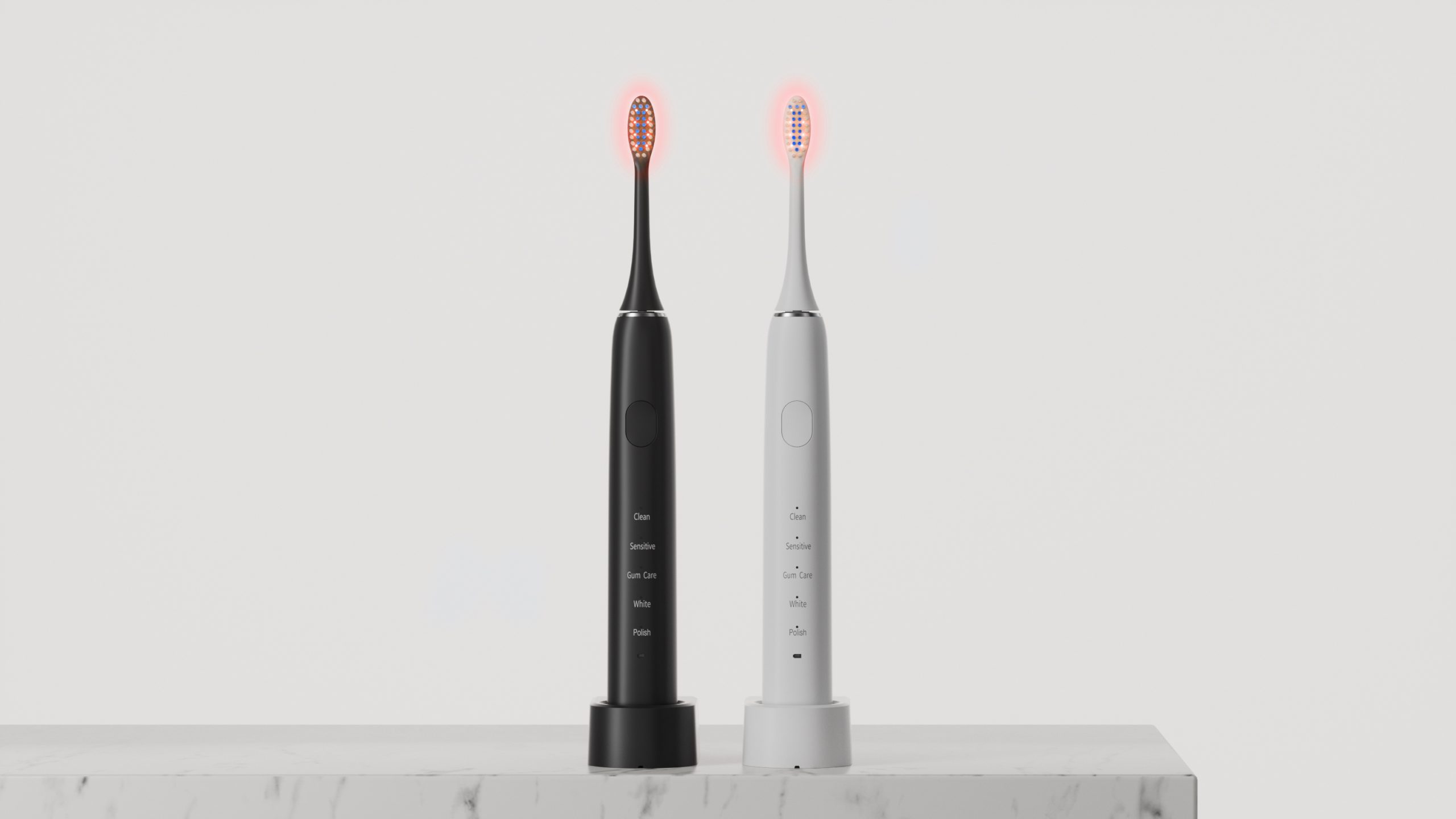
Functional Electric Toothbrushes: Building Market Competitiveness through OEM Innovation
Charging Time Efficiency & Oral pH Alteration: A Subtle Link?

Electric Toothbrush OEM Must-Know Question: How Much Money Can the Existing Mold Library Save?
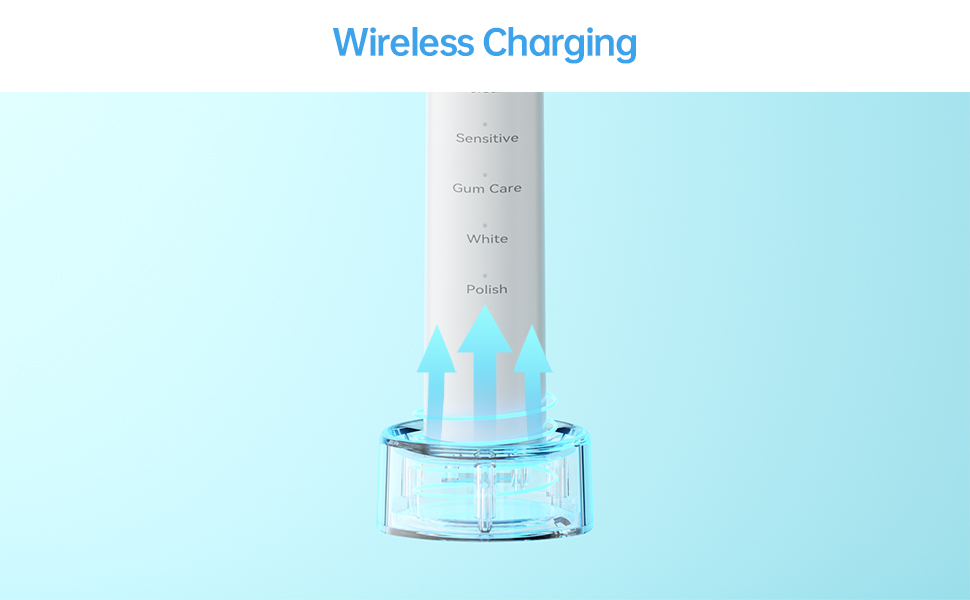
The Pros and Cons of Wireless Charging in Electric Toothbrushes

electric toothbrush heads Charcoal Infuse-Round
.jpg)
Florida Electric Toothbrush – Powsmart PTR-C8

Electric toothbrush heads Charcoal Infused-Diamond

Private Label Whitening Gel

electric toothbrush heads Regular Clean

electric toothbrush heads Deep Clean

electric toothbrush heads Ultra Soft

Customization Teeth Whitening Gel
whstapp
whstapp
National Toll-Free Service Hotline
+86 755 86238638